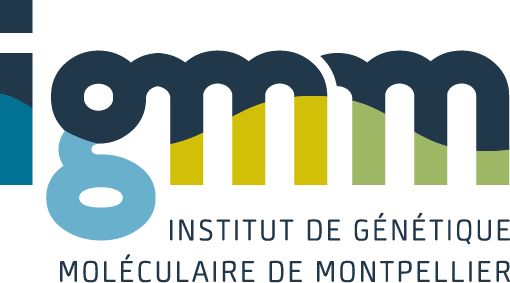In mammals, nonsense-mediated mRNA decay (NMD) is a quality-control mechanism that degrades mRNA harboring a premature termination codon to prevent the synthesis of truncated proteins. To gain insight into the NMD mechanism, we identified NMD inhibitor 1 (NMDI 1) as a small molecule inhibitor of the NMD pathway. We characterized the mode of action of this compound and demonstrated that it acts upstream of hUPF1. NMDI 1 induced the loss of interactions between hSMG5 and hUPF1 and the stabilization of hyperphosphorylated isoforms of hUPF1. Incubation of cells with NMDI 1 allowed us to demonstrate that NMD factors and mRNAs subject to NMD transit through processing bodies (P-bodies), as is the case in yeast. The results suggest a model in which mRNA and NMD factors are sequentially recruited to P-bodies.
Inhibition of nonsense-mediated mRNA decay (NMD) by a new chemical molecule reveals the dynamic of NMD factors in P-bodies
Durand, S.; Cougot, N.; Mahuteau-Betzer, F.; Nguyen, C. H.; Grierson, D. S.; Bertrand, E.; Tazi, J.; Lejeune, F.
2007
J Cell Biol
2007-09-24 / vol 178 / pages 1145-60
Abstract
Étiquettes
Humans; Models, Biological; Transcription Factors/genetics; RNA, Messenger/metabolism; RNA-Binding Proteins/metabolism; Phosphorylation/drug effects; Protein Transport/drug effects; Hela Cells; Trans-Activators/metabolism; Carrier Proteins/metabolism; Down-Regulation/drug effects; Protein Binding/drug effects; Thermodynamics; Codon, Nonsense/*metabolism; Cytoplasmic Structures/*drug effects/*metabolism; Exoribonucleases/genetics; Indoles/*pharmacology; Microtubule-Associated Proteins/genetics; Mutant Proteins/metabolism; Protein Isoforms/metabolism; RNA Stability/*drug effects
